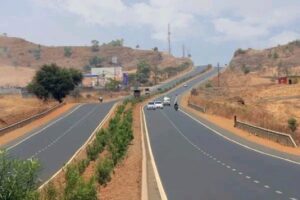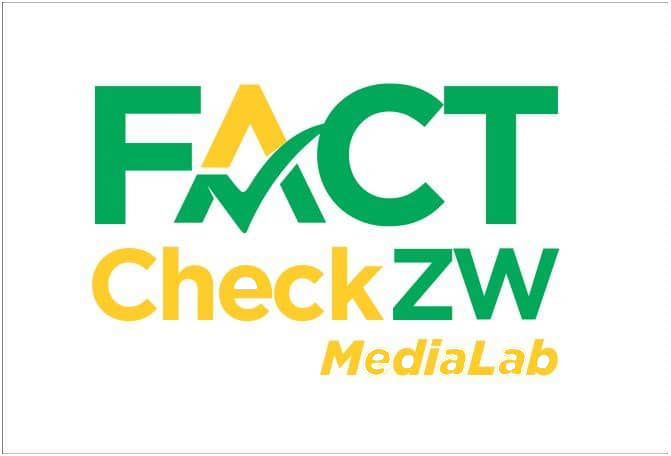CLAIM: Informal economy activity accounts for over 80 percent of jobs in Zimbabwe
SOURCE: Twitter
VERDICT: True
In mid-March, VISET claimed, in a tweet, that ‘informal economy activity accounts for over 80 percent of jobs in Zimbabwe’.
Vendors Initiative for Social and Economic Transformation (VISET) is a union of informal traders with structures throughout Zimbabwe. It seeks to spearhead the social and economic transformation of street vendors by championing their quest to earn livelihoods in the current harsh economic circumstances.
Source: 263Chat
The informal sector in Zimbabwe
World Economics.com defines an informal economy (informal sector or shadow economy) as the part of any economy that is neither taxed nor monitored by any form of government.
The International Labour Organisation defines the informal economy as all economic activities by workers and economic units that are – in law or in practice – not covered or insufficiently covered by formal arrangements.
Zimbabwe’s informal workforce, as in many parts of the world, comprises a wide diversity of occupations. The common factor is that workers in the informal sector lack legal recognition and work without secure contracts, worker benefits, or social protection. However, the earnings they make sustain many lives and livelihoods. In itself, the informal sector has exhibited a lot of resilience, surviving against a lot of unpredictable shocks and challenges.
For hundreds of millions of workers, informality means a lack of social protection, rights at work and decent working conditions, and for enterprises it means low productivity and lack of access to finance.
According to ZimStat, employment in the informal economy covers two concepts; informal sector and informal employment. Employment in the informal sector is determined by the characteristics of the enterprise in which a person is employed. An establishment is considered to be in the informal sector if it is not registered with the Registrar of Companies.
Informal employment is determined by the characteristics of the job a person holds.
Informal employment includes the following jobs; own account workers and employers employed in their own informal sector enterprises; unpaid contributing family workers irrespective of whether they work in formal or informal sector enterprises and paid employees not entitled to any of the following: contribution to pension fund by employer, paid annual leave, paid sick leave and written contract with employer.
Credit: The Herald
The numbers
According to the ILO, by 2018, almost 5.2 million people traded in the informal economy in Zimbabwe, 65% of whom are women.
ZimStat published its 2022 Fourth Quarter Quarterly Labour Force Survey in January 2023.
In the first quarter of 2022, twenty-eight percent of the employed population was in the formal sector while forty-five percent were in the informal sector.
Of those in employment, 24 percent and 4 percent were in the agriculture and household sectors, respectively.
Eighty-eight percent of the employed population were informally employed.
By the fourth quarter, wholesale and retail trade, sale and repair of motor vehicles and motor cycles accounted for the highest percentage of informally employed persons at 29.6%. The least were in the activities of extraterritorial organisations and bodies; and the real estate activities sector, with 0.1% each.
In October 2022, the World Bank published the Zimbabwe Country Economic Memorandum, focused on Boosting Productivity and Quality Jobs.
It indicated that based on ILO estimates, two out of three workers in Zimbabwe were self-employed in 2019. Informal employment accounted for 80 percent of total employment in Zimbabwe in 2019.
In 2021, 1.5 million Zimbabweans were employed in the informal non- agriculture sector, the majority of whom do not have social and health insurance, receive lower wages, and are usually involved in manual activities with little automation.
Conclusion
The claim by VISET that the informal economy activity accounts for over 80 percent of jobs in Zimbabwe has been rated as accurate. The claim is backed by data from the World Bank and Zim Stat, as of early 2022. Statistics for 2023 are not yet available.











